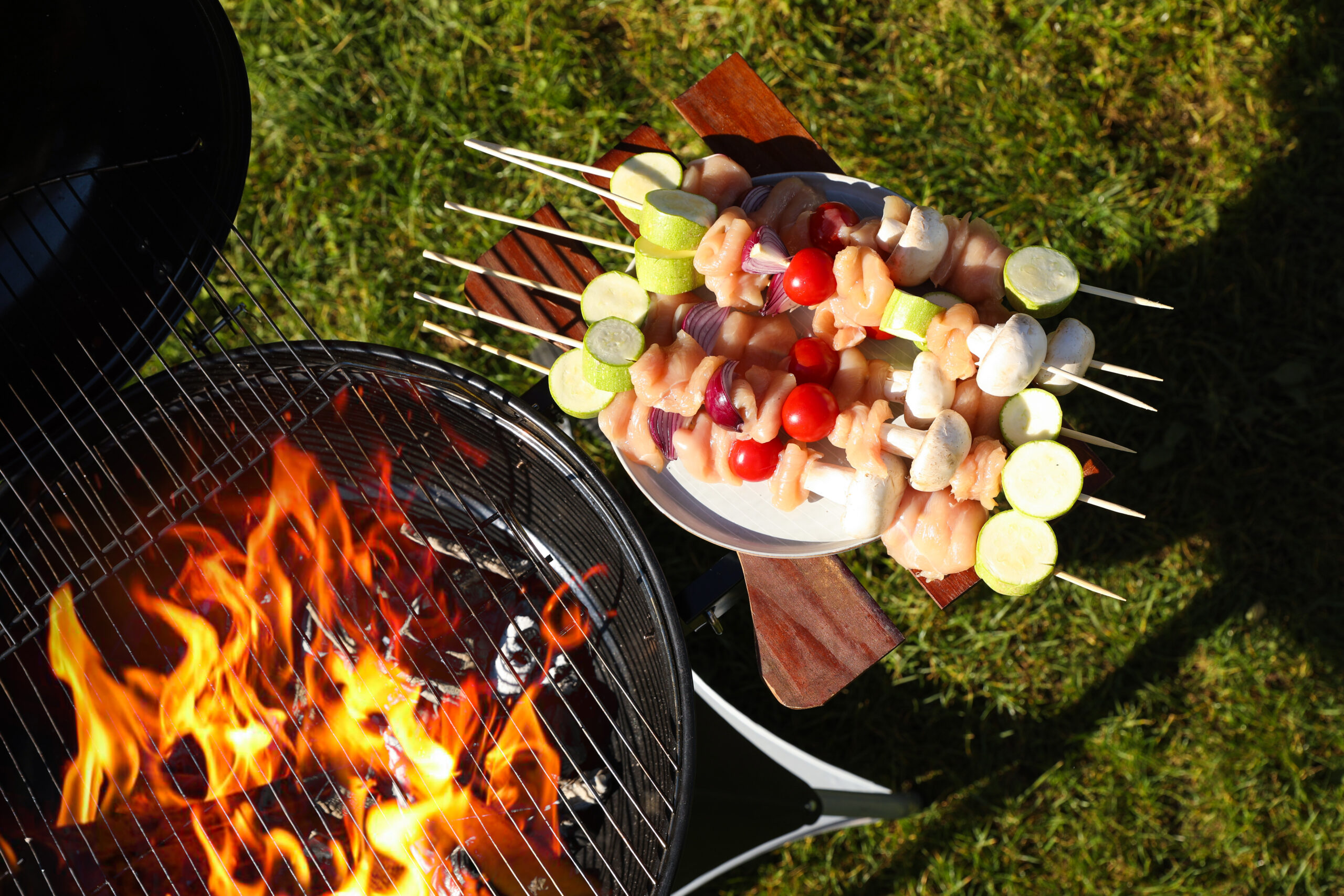After a day of hiking, climbing, or exploring the wilderness, your body craves proper nutrition to recover and prepare for tomorrow’s adventures. High-protein camping meals are essential for maintaining energy levels and supporting muscle recovery during outdoor activities. This guide will help you plan, prepare, and cook protein-rich meals that are both practical and delicious for your camping experience.
Understanding Protein Needs for Outdoor Activities
When you’re active outdoors, your protein requirements increase significantly. Hiking with a heavy pack, setting up camp, and engaging in outdoor activities all demand more from your muscles than typical daily activities. Quality protein helps maintain muscle strength, supports recovery, and keeps you feeling satisfied longer. This becomes especially important when you’re miles from the nearest store and need sustained energy for your adventures.
Essential Equipment and Planning
Your camp kitchen needs careful consideration when focusing on protein-rich meals. A reliable camp stove, cast iron skillet, and Dutch oven form the foundation of your cooking setup. Additionally, proper food storage containers and a well-organized cooler system are crucial for keeping perishable proteins at safe temperatures. Consider investing in a high-quality cooler with designated zones for raw and cooked proteins to maintain food safety standards.
Breakfast: Starting Strong
Mornings in camp set the tone for your entire day. A protein-rich breakfast provides sustained energy for morning activities. The Ultimate Camping Breakfast Scramble combines eggs, turkey sausage, and sweet potatoes with colorful bell peppers. Top it with cheese and serve alongside Greek yogurt for an extra protein boost. This hearty breakfast adapts easily to different tastes and dietary needs while providing the protein necessary for a strong start.

Lunch: Midday Fuel
Lunch presents unique challenges when camping, as you’re often in the middle of activities. Quick-assembly protein options become invaluable here. Consider preparing protein-packed wrap fillings in advance: tuna salad made with Greek yogurt, chicken with avocado, or chickpea salad for plant-based options. Store these in sealed containers in your cooler, making them easy to access for quick, protein-rich lunches that require minimal preparation time.
Dinner: Recovery and Satisfaction
Evening meals provide an opportunity to replenish your body after a full day of activity. The Campfire Quinoa Power Bowl serves as an excellent example of a balanced, protein-rich dinner. Start with a base of quinoa cooked in vegetable broth for added flavor. Layer it with black beans, grilled chicken, and a variety of colorful vegetables. Top with avocado and pumpkin seeds for healthy fats and additional protein. This versatile bowl adapts easily to different protein sources and personal preferences.
Make-Ahead Strategies for Success
Successful camp cooking starts at home with proper preparation. Marinate proteins in advance and freeze them – they’ll help keep your cooler cold while thawing. Pre-cook legumes and grains, then package them in portion-sized containers. Create spice blends at home to avoid bringing multiple containers. These preparations not only save time at camp but also ensure food safety and reduce waste.
Food Safety in the Outdoors
Maintaining food safety becomes even more critical when dealing with protein-rich foods outdoors. Invest in a reliable meat thermometer and know the safe cooking temperatures for different proteins. Keep raw meats completely separate from other foods, using designated containers and preparation surfaces. Clean all utensils thoroughly after use, and maintain strict hand hygiene practices throughout food preparation.
Plant-Based Protein Options
Not all camping protein needs to come from animal sources. Legumes, quinoa, nuts, and seeds provide excellent protein alternatives that often store well without refrigeration. Consider dishes like Three-Bean Chili or Lentil Stew, which can be prepared in advance and reheated at camp. These options prove particularly valuable when cooler space is limited or in warm weather when keeping meat fresh becomes challenging.
Snacking for Sustained Energy
Between meals, maintaining protein intake helps stabilize energy levels. Pack a variety of protein-rich snacks like mixed nuts, seeds, jerky, or protein bars. These become especially important during long hikes or intense activities. Create your own trail mix with a focus on protein-rich ingredients, customizing the blend to your taste preferences and energy needs.
The art of protein-rich camp cooking combines careful planning with practical execution. Each meal provides an opportunity to fuel your body while enjoying the outdoor experience. By incorporating these strategies and recipes into your camping routine, you’ll create satisfying, nutritious meals that enhance your outdoor adventures. Happy camping and happy cooking!






